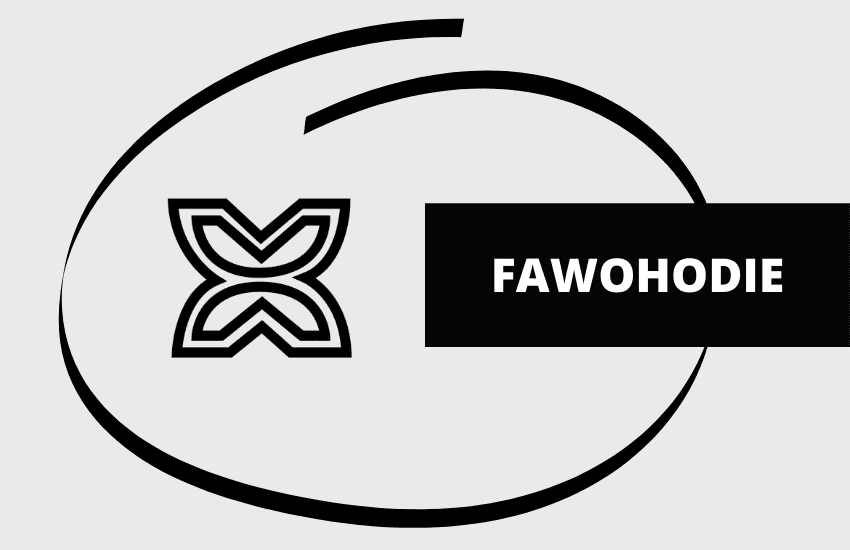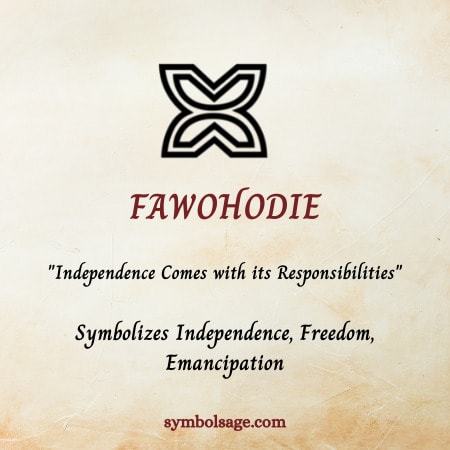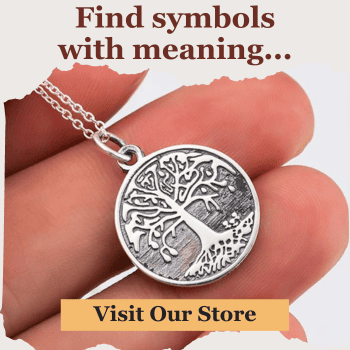
Table of Contents
Fawohodie is an Adinkra symbol that comes from the term ‘Fawodhodie ene obre na enam’, which translates as ‘independence comes with its responsibilities’.
It’s an important symbol of freedom, independence, and emancipation in West Africa, and is used extensively throughout the country.
In the past, the Akan people of Ghana printed this pattern on undyed dark brown, black, or red hand-woven cotton fabric depending on the role of the wearer and the occasion. Today, Fawohodie is printed on brighter colored fabrics.
FAQs
This symbol represents independence, emancipation, and freedom.
Fawohodie means ‘independence comes with responsibilities’ in the Akan language.

What Are Adinkra Symbols?
Adinkra are a collection of West African symbols that are known for their symbolism, meaning and decorative features. They have decorative functions, but their primary use is to represent concepts related to traditional wisdom, aspects of life, or the environment.
Adinkra symbols are named after their original creator King Nana Kwadwo Agyemang Adinkra, from the Bono people of Gyaman, now Ghana. There are several types of Adinkra symbols with at least 121 known images, including additional symbols that have been adopted on top of the original ones.
Adinkra symbols are highly popular and used in contexts to represent African culture, such as artwork, decorative items, fashion, jewelry, and media.








